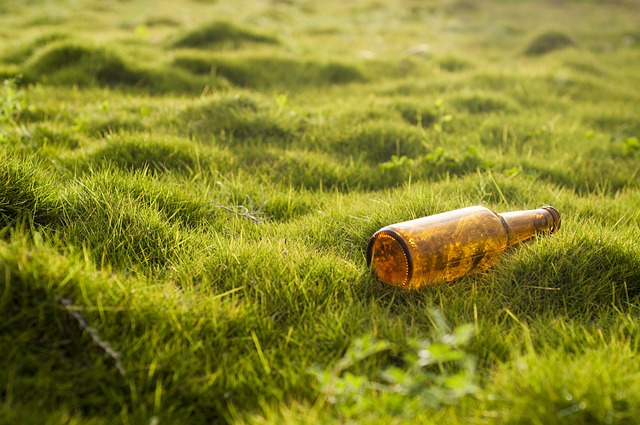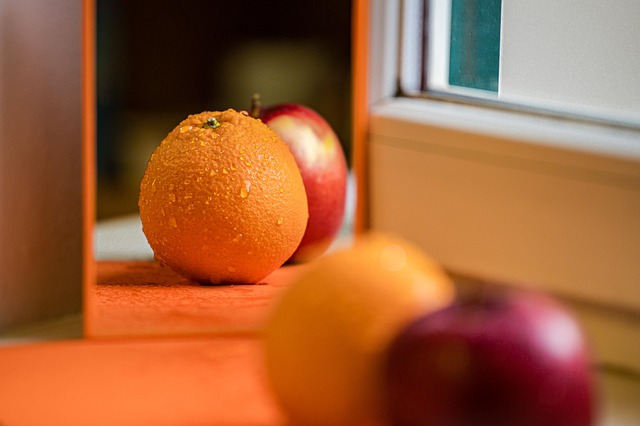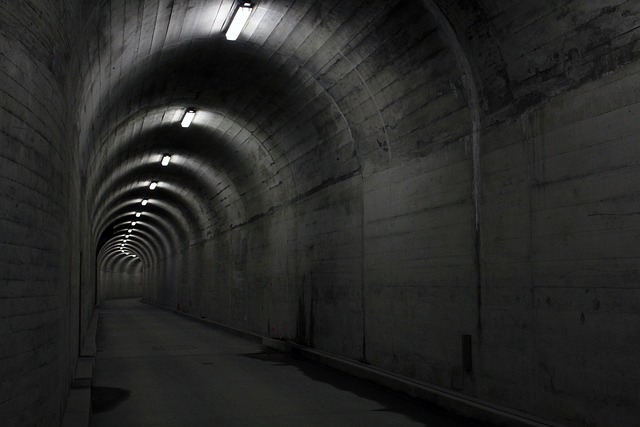Exploring the Intersection of Fine Arts and Culture Through Environmental Art Installations
In a world increasingly defined by the interplay of culture and the environment, environmental art emerges as a powerful means of expression. This unique fusion of fine arts and cultural commentary offers a profound method of engaging with the natural world and our place within it. As artists venture beyond the traditional canvas, they invite us to consider the landscapes around us and the impact of our actions on these vital ecosystems.
Environmental art, at its core, challenges the viewer to not only contemplate the beauty of nature but also to confront the pressing issues facing our planet. Often crafted from natural materials, these installations evolve beyond mere decoration; they become part of the landscape, interacting with it while prompting reflections on sustainability and ecological balance. For instance, renowned artists like Andy Goldsworthy utilize elements such as stone, leaves, and water, harmonizing their work with the environment. This approach emphasizes the transient nature of beauty and the importance of coexisting with our surroundings.
Moreover, the cultural narratives woven into environmental art are rich and varied. Each installation can carry stories from local communities, reflecting their history, values, and struggles against forces threatening their environments. This dialogue between art and culture creates a powerful platform for raising awareness of environmental issues that resonate with residents and visitors alike. Through workshops, guided tours, and community engagement, audiences can experience how environmental art acts not just as a reflection but also as a catalyst for change.
The increasing prevalence of environmental installations in public spaces also highlights the growing recognition of art’s role in society. As we confront global challenges, such as climate change and habitat destruction, these artistic endeavors encourage us to take ownership of our interactions with the environment. They serve as a reminder of the interconnectedness of culture and nature, inviting us to reflect on our heritage and future.
As we explore the realm of environmental art, we begin to understand that it is more than just an artistic movement; it is a lens through which we can examine our relationship with the planet. In every sculpture and installation lies a call to awareness and action, urging us to forge a path towards sustainability while celebrating our shared cultural narratives. In this intersection of fine arts and culture, environmental art thrives, transforming mere landscapes into profound expressions of our interconnected existence.




